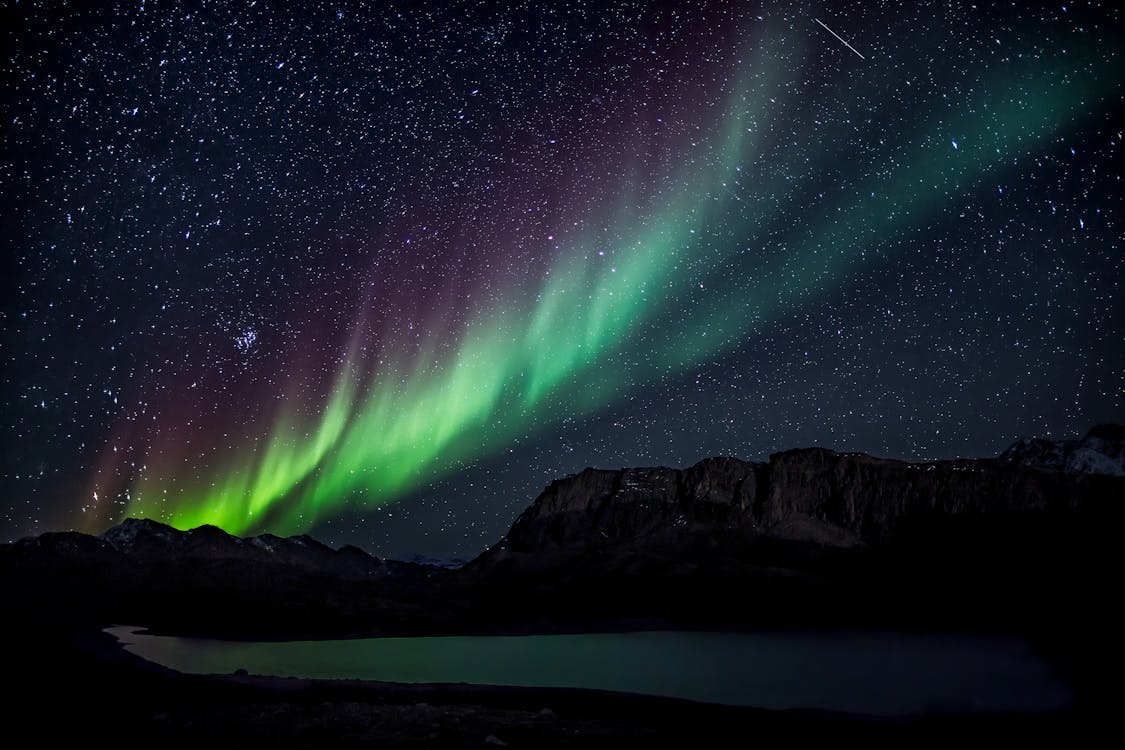"Killer" electrons associated with the pulsating aurora
In a collaboration between scientists in Japan and the United States, a new study has been published in the journal Geophysical Research Letters explaining the physics behind the phenomenon of the pulsating aurora.
According to the findings from the computer simulations conducted by the researchers, the pulsating aurora, unlike the aurora borealis and australis, has wide-ranging energies with both low- and high-energy electrons. Seen in the sky, it looks more like wisps of clouds than the well-known sheaths of color of the aurora borealis.
The scientists hypothesize that these wide-ranging energies are a result of the interactions between chorus waves (which are plasma waves that form close to the magnetic equator) and electrons in the Earth's magnetosphere. Some of the electrons they simulated have as little energy as a few hundred kiloelectron volts, while some electrons have as much as several thousand kiloelectron volts.
These high-energy electrons are called 'megaelectron' volts, or, as the researchers refer to them: killer electrons. They earned this name because of the destruction the research team thinks they cause in the mesosphere when they collide with satellites.

"Our theory indicates that so-called killer electrons that precipitate into the middle atmosphere are associated with the pulsating aurora, and could be involved in ozone destruction," says Yoshizumi Miyoshi from Nagoya University's Institute for Space-Earth Environmental Research.
In order to test out their theory, the team plans to use measurements from the LAMP mission, due to launch next year. LAMP (loss through auroral microburst pulsations) will hopefully provide observational data on the killer electrons.
Sources: Geophysical Research Letters, Science Daily








